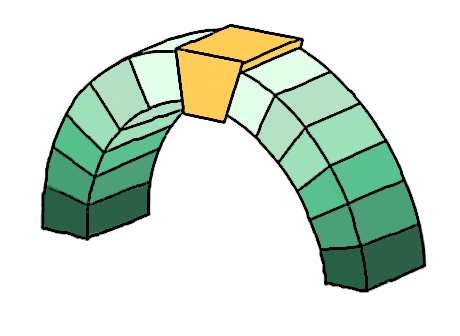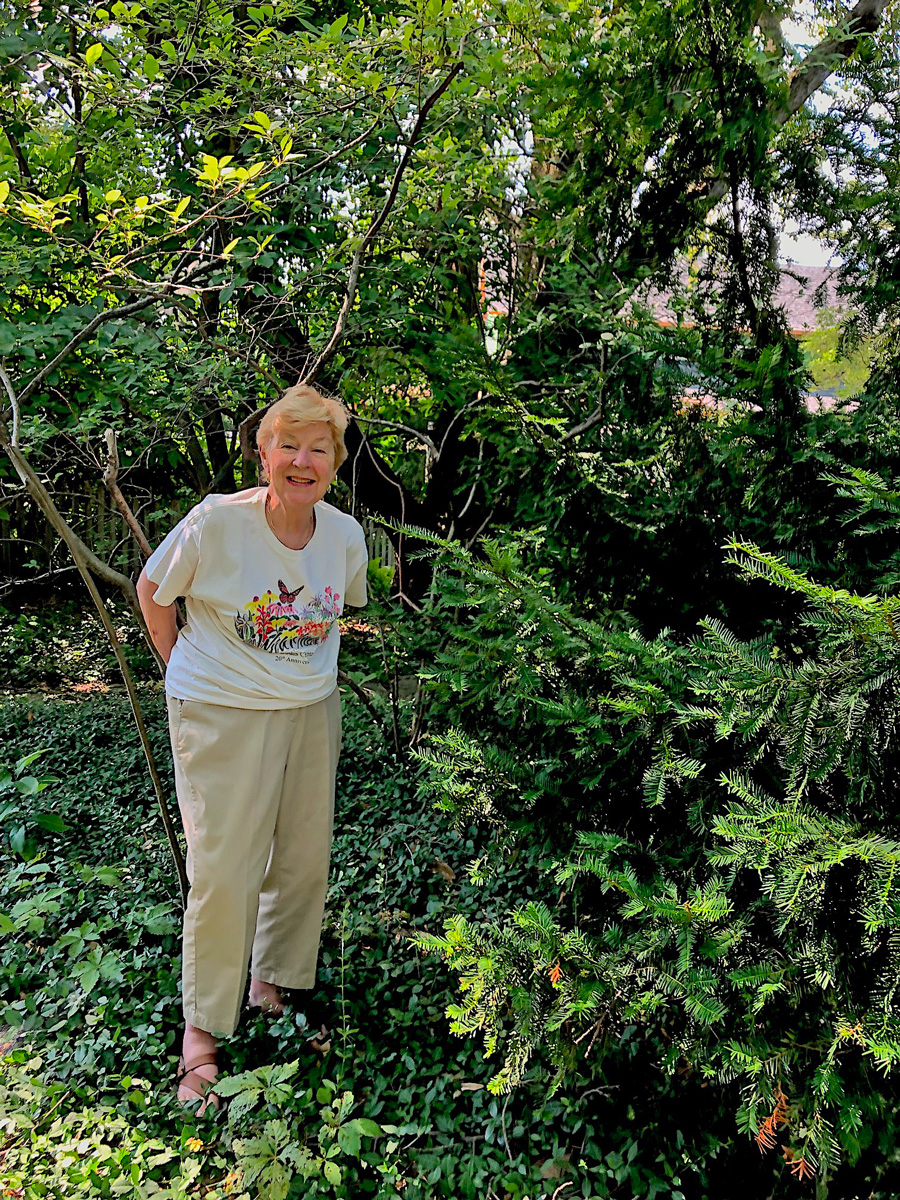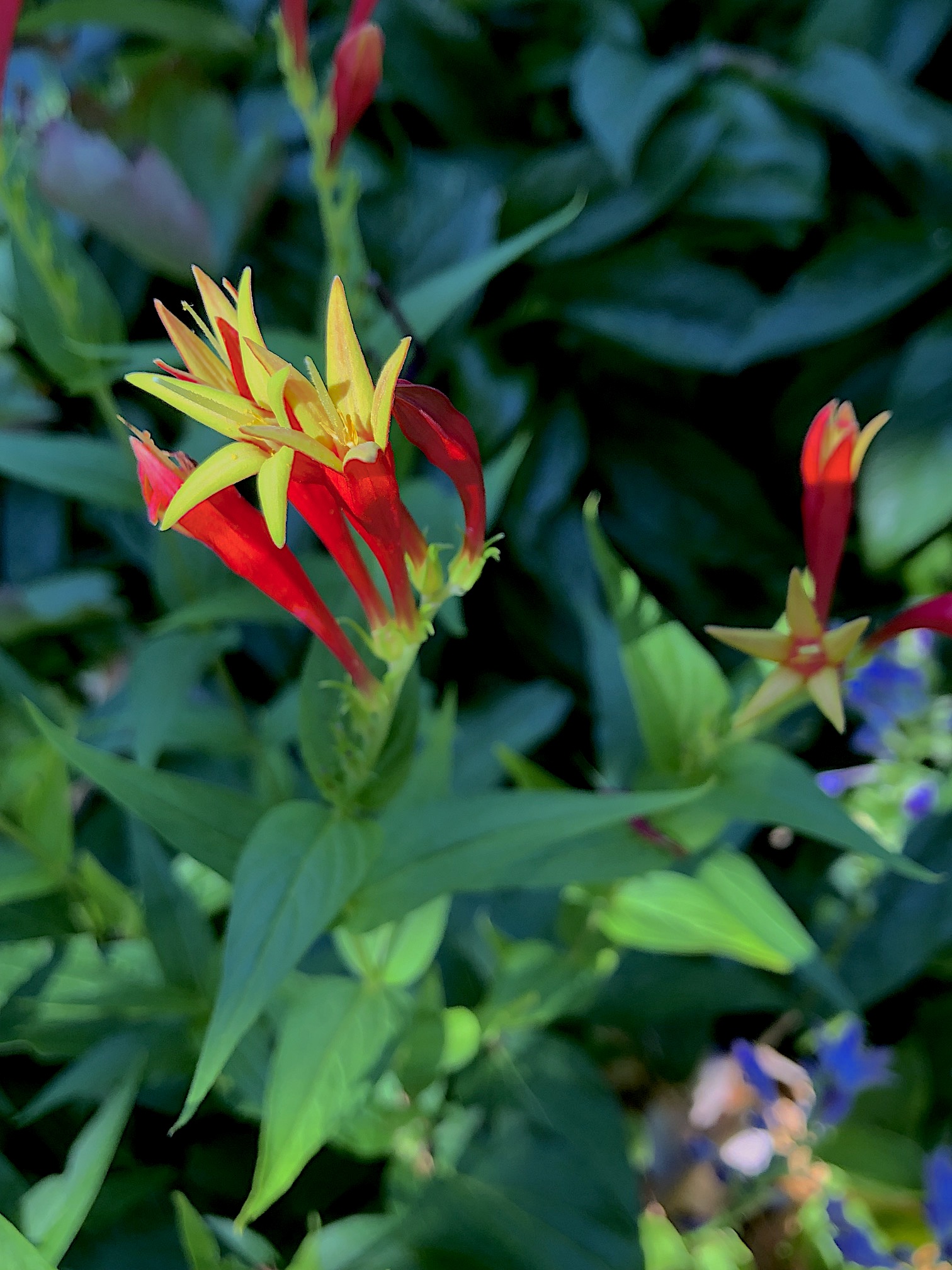A ‘Case’ for Native Plants: Ann Case Shares Her Passion with St. Louis Gardeners
Editor’s note: We are grateful that we were able to interview and honor Ann before she passed away in early November. She will be missed and always remembered.
Ann Case isn’t a scientist. She’s not a certified horticulturist, either, and she didn’t major in forestry, biology, or botany.
But that hasn’t stopped her from becoming an expert in native plants. Ann is one of the founding members of Wild Ones and the subject of our next profile in the series on our 25th anniversary. Ann is a Master Gardener who’s taught classes and volunteered for the Missouri Botanical Garden for more than 45 years, including the Garden’s help line. To this day she continues to staff the Missouri Extension Service’s help line in Kirkwood.
“Native plants are my passion,” she says. “I’ve always loved nature and being outdoors. Even as a child, I was always trying to ID the plants I found, like an American holly I discovered as a seedling. It grew to be very big.”
This holly is still a fixture in Ann’s Ladue garden, the same acre-and-a-half property that she grew up exploring. Her parents bought it in 1936, when it was still an isolated farmhouse. “I could take you out and show you where the old well is,” she says. An only child, Ann inherited the home when her parents passed, and she and her husband moved in. They raised three children there, and her husband was the one who mowed the ever-dwindling sections of lawn, but much of the garden is a reflection of Ann’s singular passion––and hard work.
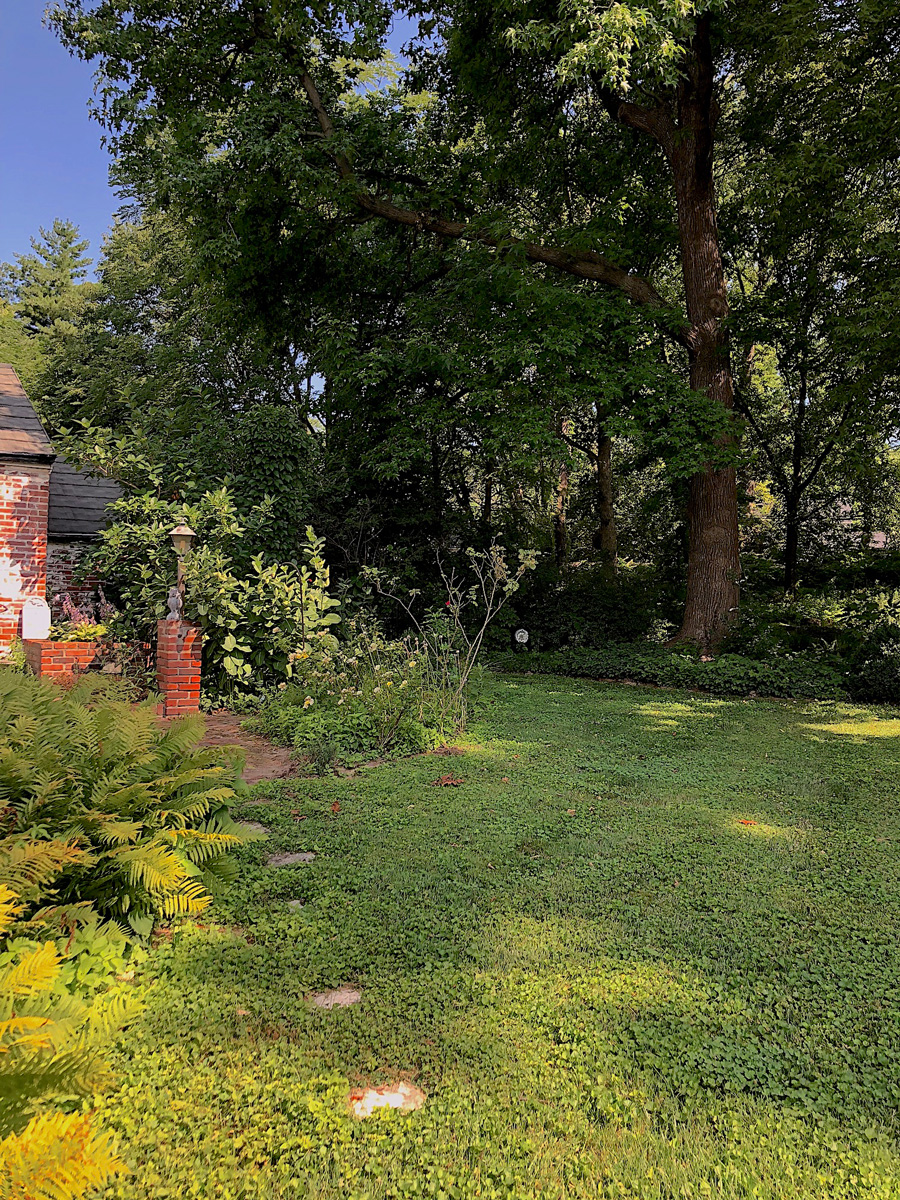
Milkweed and other sun lovers fill in near the patio, but the main features at “Case Place” are Ann’s beloved trees
Ann was at the meeting in Mary Ott’s living room the day Scott Woodbury, Susan Lammert, and others officially launched the Wild Ones chapter in St. Louis. She’s also volunteered a great deal over the years, including participation in two Native Plant Tours, which she finds the most enjoyable aspect of being a Wild Ones member.
“I love sharing, especially my trees,” says Ann. Her garden is predominantly shade, with many mature trees giving it structure and heft, including two 100-year-old American elms, an 80-year-old sweet gum, and several black gums. Each spring, the Virginia bluebells delight her, and this summer her favorite flower, Indian pinks, were still in bloom when I visited. Others at the top of her list are the ferns that fill in shady areas under the trees and the native sedge grasses that line her sunny patio, along with witch hazel, sassafras, Ohio buckeye, and Carolina buckthorn.
Her lush garden has attracted a variety of wildlife over the years: foxes, squirrels, hawks, barred owls, chipmunks, and, of course, deer. “A deer brings her fawn into the pool area,” says Ann, and not happily. She enjoys daylilies, but unfortunately, so do the deer!
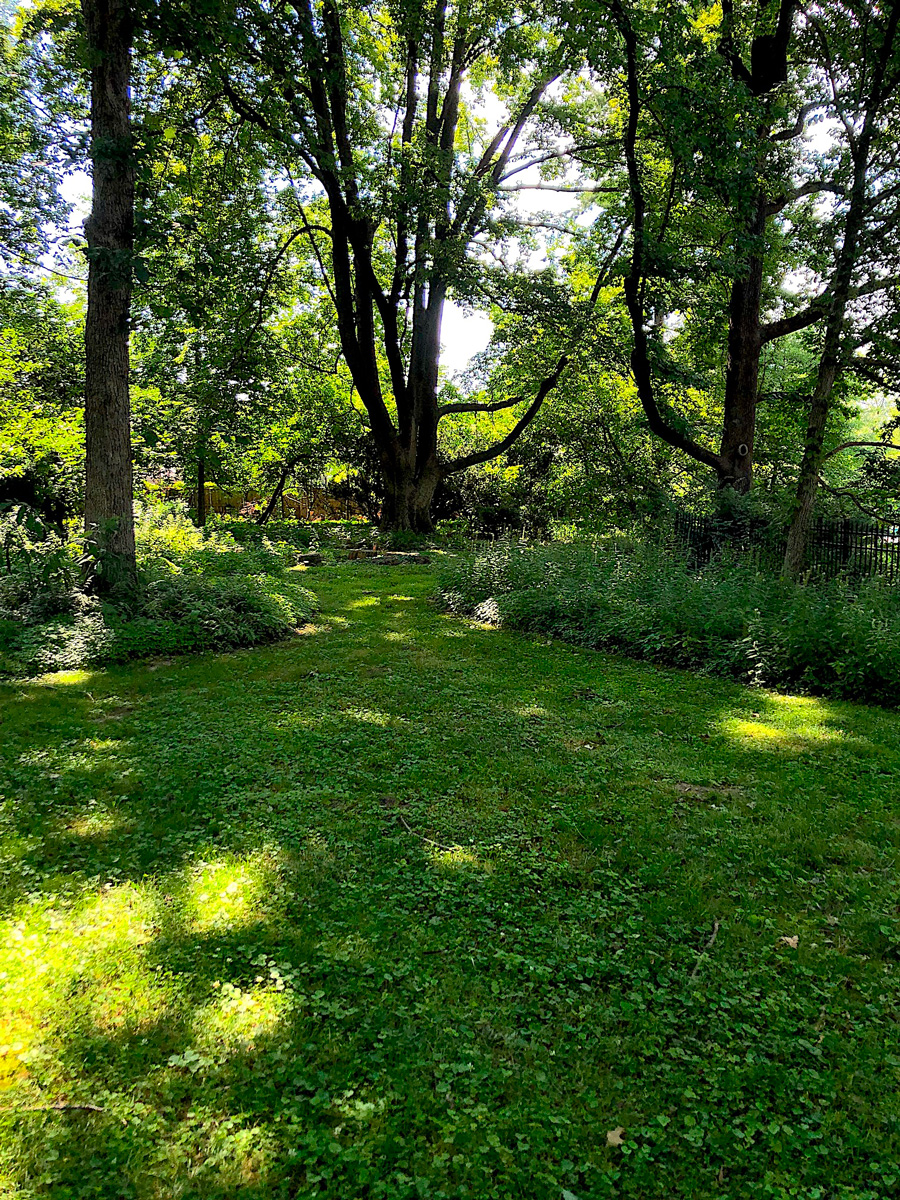
Ann Case’s garden woodland, including two 100-year-old American elms, several black gums, and an old sweet gum tree.
She’s currently battling with a raccoon who ransacks her bird feeders as well. But the biggest challenge was removing the honeysuckle that had once taken over her property. “I pulled it by hand, mostly,” she says, in addition to treating the stems at ground level. You wouldn’t know she’d had a problem with this invasive plant, as it’s conquered on her property these days.
While Ann’s garden might look complete, the gardening work is never done. “This past spring, I seeded the lawn with clover,” she says. “A ‘perfect’ lawn is a green desert. That’s just a monoculture.”
She also recently lost a mature Norway spruce, and her plan is to replace it with our native shortleaf pine in the fall. While she’s done most of the work herself over the years, these days she relies on help to get it done. “The body can’t do much, but the mind still works,” says Ann.
post and photos by Lisa Brunette, chapter member and published novelist, game writer/designer, and journalist at www.brunettegardens.com
To learn more about our Keystone Member series and other members we are highlighting
visit: https://stlwildones.org/keystone-members/
